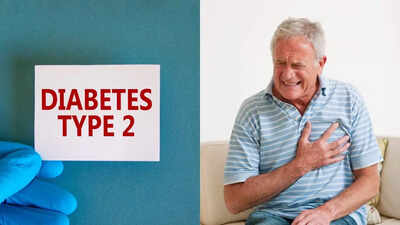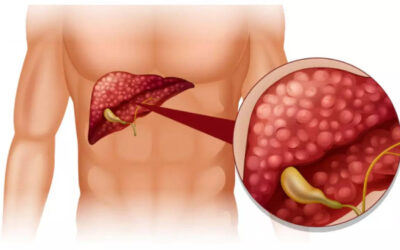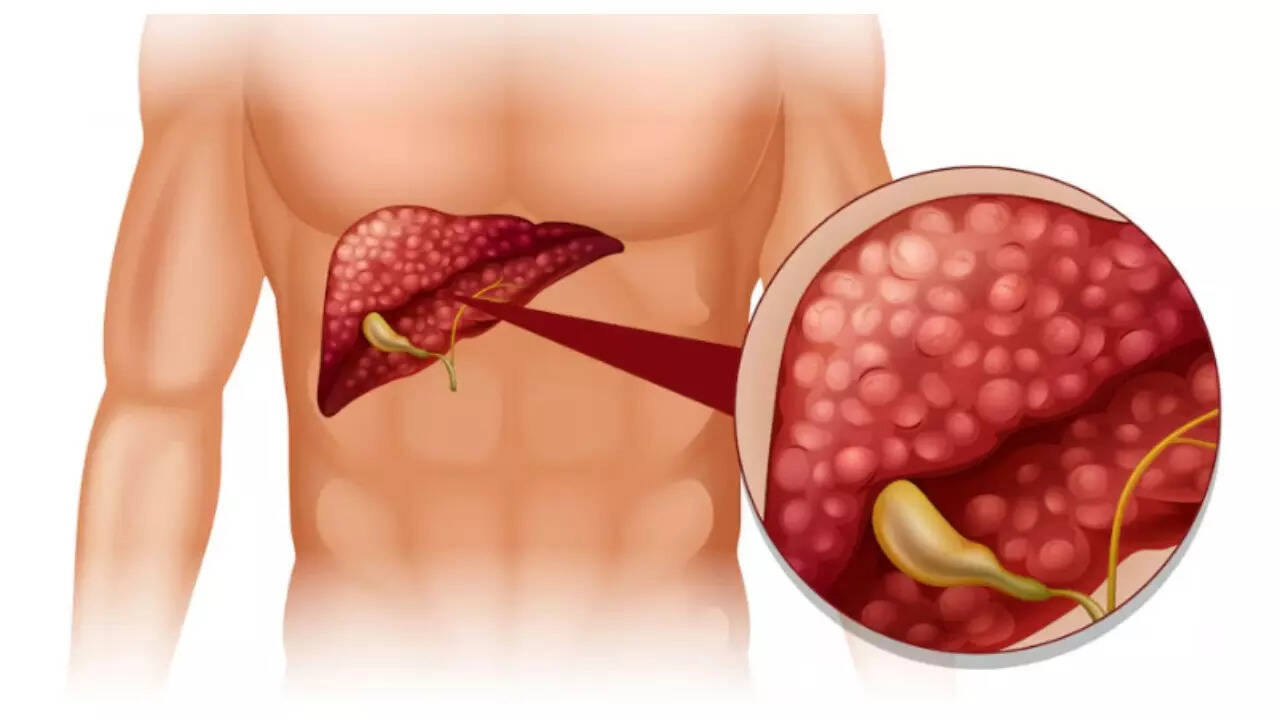Silent heart attacks in people with type 2 diabetes; here’s what you need to know |

People with type 2 diabetes are at a higher risk of experiencing a silent heart attack, a cardiac event that shows few or no typical symptoms. Due to diabetic nerve damage, warning signs like chest pain or arm discomfort may be dulled or completely absent. Many people only discover heart damage during routine cardiac diagnostic tests such as EKG, echocardiogram, or blood tests that detect heart-specific proteins. Because silent heart attack symptoms can be subtle, like fatigue, lightheadedness, or shortness of breath regular screening is essential. Early detection helps manage complications, making it vital for diabetics to prioritize heart health monitoring.
What is a silent heart attack and why people with diabetes are more at risk
A silent heart attack occurs when blood flow to a part of the heart is blocked, damaging the heart muscle, but without the usual warning symptoms. People may feel a brief episode of fatigue, mild indigestion, or nothing at all. These subtle signs are easy to overlook, which is why many silent heart attacks are only discovered later during routine heart scans or tests.The connection between type 2 diabetes and silent heart attacks lies in diabetic neuropathy, a type of nerve damage caused by long-term high blood sugar levels. Neuropathy can affect the nerves that signal pain from the heart, meaning a person might not feel the chest pain typically associated with a heart attack. As a result, the attack may go completely unnoticed.Additionally, people with type 2 diabetes often have other conditions like high blood pressure, obesity, and high cholesterol, all of which increase the risk of heart disease and heart attacks, silent or otherwise.
Signs of nerve damage that may indicate risk
Being aware of the signs of nerve damage is crucial. Some symptoms to watch for include:
- Feeling dizzy when standing up
- Unexplained fatigue
- Trouble with urination
- Sexual dysfunction
- Abnormal sweating (either too much or too little)
- Digestive issues like bloating or nausea
If you’re experiencing any of these alongside type 2 diabetes, it’s essential to discuss them with your doctor.
Symptoms of a silent heart attack
Silent heart attacks are difficult to detect, but some mild symptoms might include:
- Mild chest pressure or discomfort
- Unexplained tiredness
- Cold sweats or clammy hands
- Pain in the jaw, neck, or left arm
- Heartburn or indigestion that doesn’t go away
- Shortness of breath without exertion
These symptoms are often brief and may not return, which is why many people don’t seek help.
How silent heart attacks are diagnosed in people with type 2 diabetes
Sometimes, the only way people learn they’ve had a silent heart attack is through medical testing. Routine checkups may reveal past heart damage using:
- EKG (Electrocardiogram) to detect abnormal heart rhythms
- Echocardiogram to assess heart function and spot damaged areas
- Blood tests to find heart-damage-related proteins
If you have type 2 diabetes and notice unusual symptoms, your doctor may order these tests proactively.
Health risks of ignoring a silent heart attack
Just because a heart attack was silent doesn’t mean it was harmless. The damage to the heart can lead to complications like:
- Permanent heart muscle scarring
- Reduced heart function
- Increased risk of future, more severe heart attacks
- Higher chances of developing heart failure
Without knowing an attack occurred, treatment is delayed, which increases the risk of life-threatening complications.
Prevention tips: What you can do
If you have type 2 diabetes, proactive care is essential. Here’s how you can reduce your risk:
- Control blood sugar with diet, medication, and exercise
- Monitor blood pressure and cholesterol regularly
- Schedule regular heart checkups, especially if you have any symptoms
- Watch for subtle changes in your energy levels, digestion, or breathing
- Discuss any unusual discomforts with your doctor, even if they seem minor
- Early detection and intervention are key to preventing further heart damage.
Also read | Not all breast lumps are cancerous: Here’s what you need to know about breast lumps






